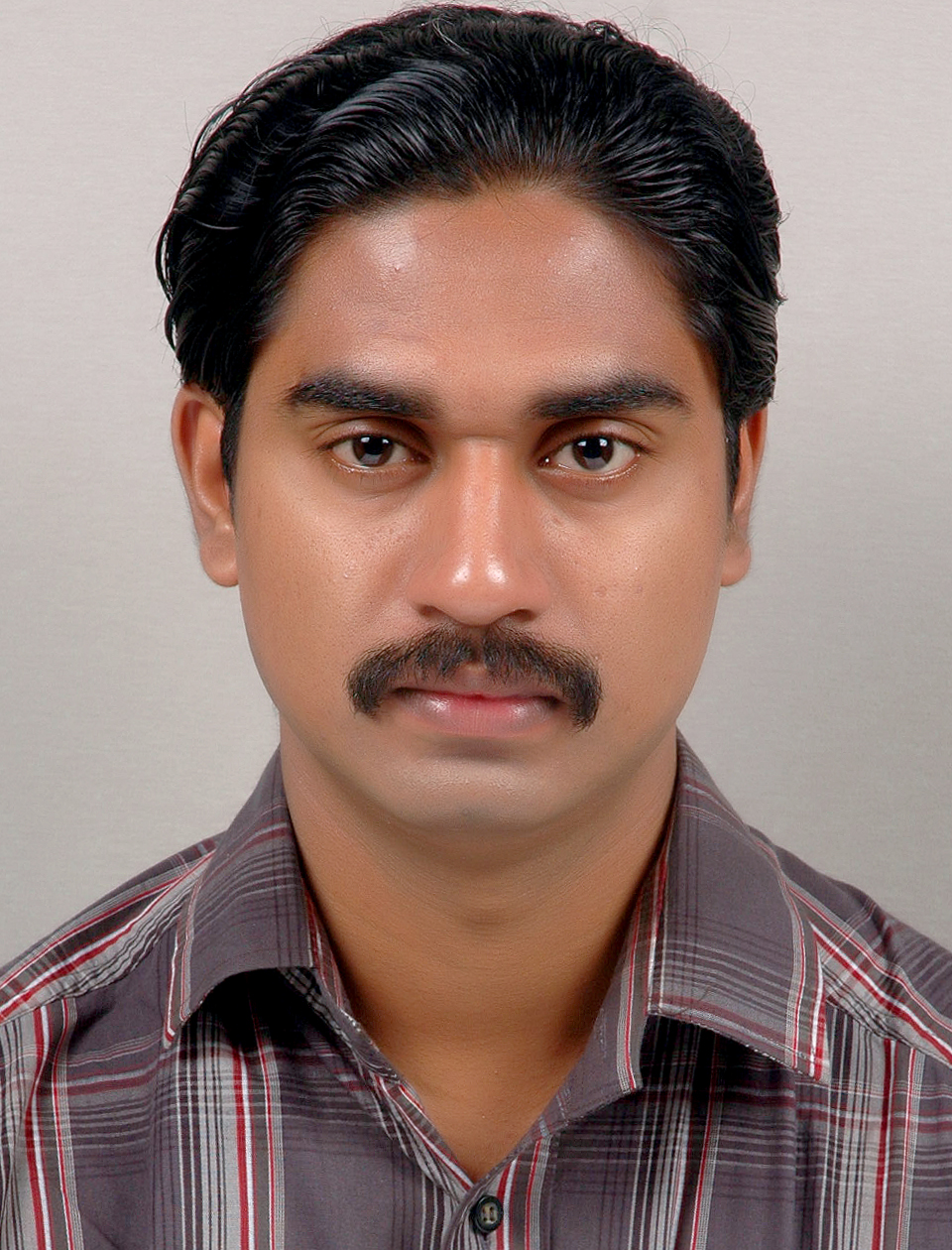Uncategorised

Microbiology Lab (ML)
This lab is equipped to carryout isolation, identification, quantitative and qualitative determination of bacteria in water and sediment. Data quality is assured by sending pure cultures to recognised labs.
The database are used by environmental stewards for decision making in pollution control along the coastal regions and to verify the effectiveness of management action initiated in terms of pollution abatement
Instruments available in the lab are
- Laminar Airflow chamber – Lab line
- Vertical Autoclave – ADCO
- Incubator – SRICO
Achievements: Microbiological evaluation of major hotspot areas of pollution (Industrial and domestic) along Kerala and Karnataka coast.

COMAPS Chemistry Lab (CCL)
COMAPS laboratory is designed and developed for monitoring contaminants in coastal waters and in identification of the sources to abate pollution. Major stress is given to study pollutants like sewage, litter and heavy metal and bio-accumulations. The database are used by environmental stewards for decision making in pollution control along the coastal regions and to verify the effectiveness of management actions initiated in terms of pollution abatement.
- UV Spectrophotometer – Shimadzu (UV-160A)
- Digital Nephelo Turbidity meter (132)
- Spectrofluoro Photometer – Shimadzu (RF- 1501)
- EuTec Water Quality Analyzer
- pH meter
- Millipore water purification system – Elix
- Microwave digester – Ethos D
- Electronic weighing balance – Shimadzu (AUX 220)
- Electronic weighing balance – Mettler (AE 160)
- Hot Air oven – SRICO
- Centrifuge – REMI
Achievements: Identification of major hotspot areas of pollution (Industrial and Domestic) along Kerala and Karnataka coast.
Hydrology Group (HyG)

- Critical Zone Laboratories installed in the field stations
- IRMS facility (upcoming)
Hydrology Group (HyG)

- Critical zone studies of Peninsular India.
- River hydrology of Peninsular India.
- Quaternary climate and sea level variability of the west coast of India.

Mr. Vibin.P.B
Scientific Assistant Gr. B, Marine Science Group (MSG)
Email : This email address is being protected from spambots. You need JavaScript enabled to view it.
Phone(Off) : 0471 2511652
Education:
| Diploma in Computer Hardware Maintenance |
| CCNA (Cisco Certified Network Associate) |
| CCNP (Cisco Certified Network Professional) |
| MCP (Microsoft Certified Professional) |
Professional career:
| 2015 | - | Present | Scientific Assistant Gr. B, National Centre for Earth Science Studies. |
| 2010 | - | 2015 | Scientific Assistant Gr. A, National Centre for Earth Science Studies. |
| 2005 | - | 2010 | Network Engineer( L2/L3), TCS(Tata Consultancy Services), Kochi, Trivandrum. |
| 2004 | - | 2005 | System/Network Administrator, Sharp Logic Systems, Thrissur. |




 RTI Act
RTI Act

